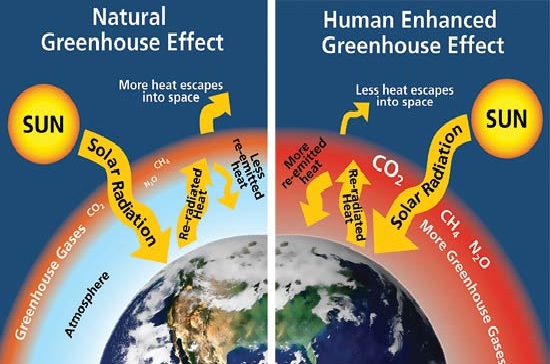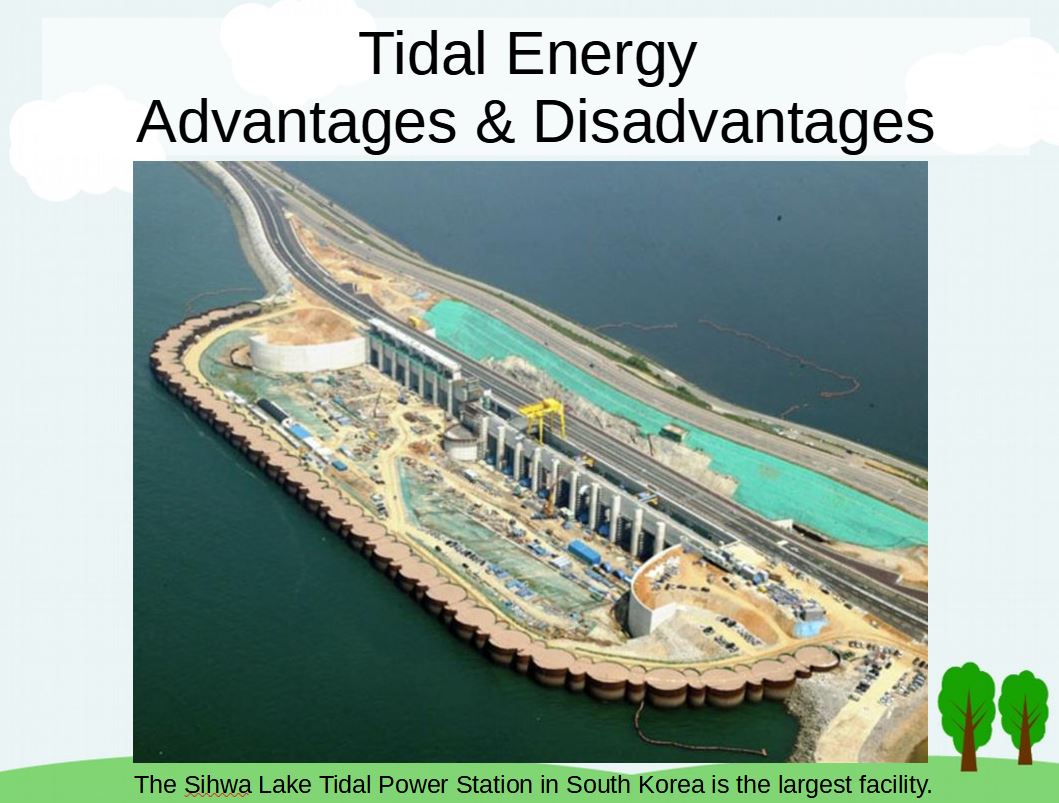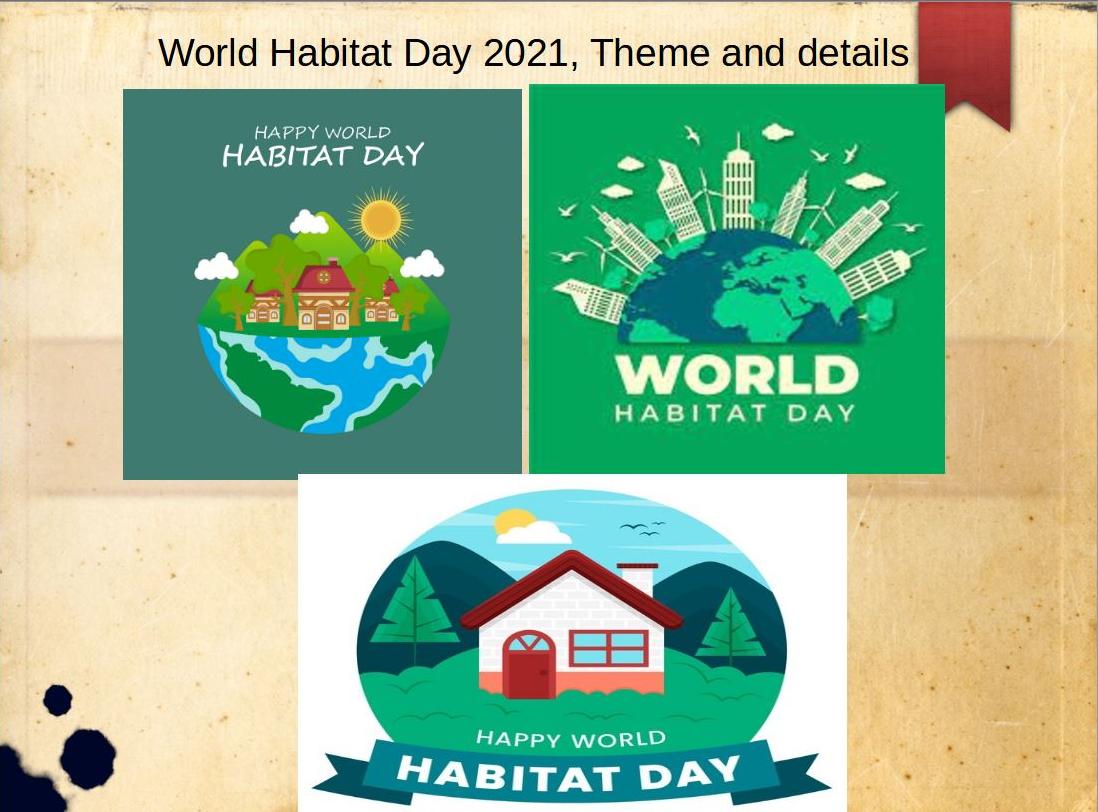Updated By: LatestGKGS Desk
Greenhouse Effect in environment and temperature changing

Greenhouse gases: Effect in environment and temperature changing and sunlight effect
The “greenhouse effect” usually refers to a similar behavior of the earth’s atmosphere. Sunlight shines down through the air and warms the ground. The warm ground reradiates that energy as infrared light.
Depending on the gases in the atmosphere, that infrared light is absorbed by those gases instead of being able to escape out into space. The energy is trapped. Some “greenhouse gases” are particularly effective at absorbing the IR (infra-red) energy and this makes the atmosphere act like a greenhouse, trapping the heat more effectively and raising the temperature of the earth.
Water vapor is a very powerful greenhouse gas. When the oceans get warmer, more water evaporates and traps more heat, keeping the earth warmer.
Some other greenhouse gases are carbon dioxide, methane, nitrous oxide, and ozone.
All this extra CO2 will help trap heat (via the greenhouse effect), raising the temperature of the earth and in particular the oceans and that will cause a lot more water to evaporate, which will cause the earth to heat up. It’s a rather vicious cycle.


